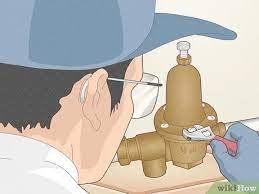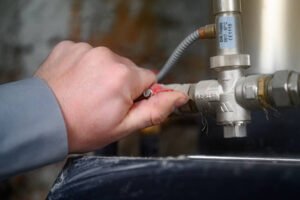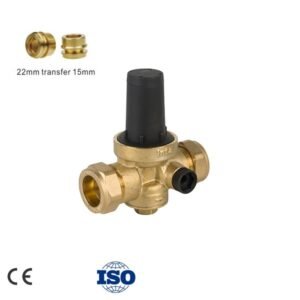Introduction:
Pressure reducing valves (PRVs) are essential components in plumbing systems, tasked with regulating water pressure and ensuring the smooth operation of downstream fixtures and appliances. To maximize the longevity and efficiency of PRVs, it’s crucial to implement proper maintenance practices. In this article, we’ll discuss effective maintenance tips and best practices for extending the lifespan of pressure reducing valves.
- Regular Inspection:
Routine inspection is key to identifying potential issues with pressure reducing valves before they escalate into major problems. Inspect the valve and surrounding pipes for signs of leaks, corrosion, or physical damage. Check for any obstructions or debris that may hinder the valve’s operation. - Cleaning and Lubrication:
Periodically clean the pressure reducing valve and its components to remove dirt, sediment, or mineral deposits that can impede its function. Use a non-abrasive cleaner and a soft brush to gently scrub the valve surfaces. Additionally, lubricate moving parts such as the diaphragm or piston mechanism to ensure smooth operation. - Adjusting Setpoint:
Verify that the pressure reducing valve is set to the appropriate pressure level for your plumbing system. Adjust the setpoint if necessary to maintain optimal water pressure downstream. Consult with a professional plumber if you’re unsure about the correct pressure setting for your specific application. - Monitoring Pressure Variations:
Keep an eye on water pressure fluctuations and spikes, as these can put undue stress on the pressure reducing valve and shorten its lifespan. Install pressure gauges upstream and downstream of the PRV to monitor pressure levels regularly. Consider installing a pressure relief valve as a safeguard against excessive pressure buildup. - Addressing Leaks Promptly:
Leaks around the pressure reducing valve or downstream pipes should be addressed promptly to prevent water damage and potential system failures. Inspect the valve for worn or damaged seals and replace them as needed. If leaks persist, consider replacing the valve to ensure continued reliability. - Protecting Against Corrosion:
Corrosion can significantly impact the lifespan of pressure reducing valves, especially in areas with hard water or harsh environmental conditions. Install corrosion-resistant PRVs made from materials such as brass or stainless steel. Consider using water treatment methods such as filtration or water softening to minimize the risk of corrosion. - Professional Maintenance:
For complex plumbing systems or commercial applications, consider hiring a professional plumber to perform regular maintenance on pressure reducing valves. Experienced plumbers have the knowledge and expertise to identify potential issues and ensure proper functioning of PRVs.
Conclusion:
Proper maintenance is essential for prolonging the lifespan of pressure reducing valves and maintaining the efficiency of plumbing systems. By implementing regular inspection, cleaning, and lubrication practices, property owners can minimize the risk of valve failure and ensure reliable water pressure regulation. Additionally, addressing leaks, monitoring pressure variations, and protecting against corrosion are crucial steps in preserving the longevity of pressure reducing valves.






